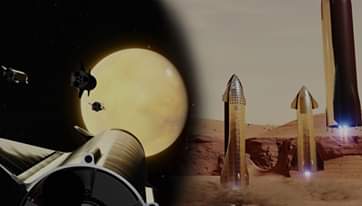
Category: space travel – Page 293


Atomic-scale nanowires can now be produced at scale
Researchers from Tokyo Metropolitan University have discovered a way to make self-assembled nanowires of transition metal chalcogenides at scale using chemical vapor deposition. By changing the substrate where the wires form, they can tune how these wires are arranged, from aligned configurations of atomically thin sheets to random networks of bundles. This paves the way to industrial deployment in next-gen industrial electronics, including energy harvesting, and transparent, efficient, even flexible devices.
Electronics is all about making things smaller—smaller features on a chip, for example, means more computing power in the same amount of space and better efficiency, essential to feeding the increasingly heavy demands of a modern IT infrastructure powered by machine learning and artificial intelligence. And as devices get smaller, the same demands are made of the intricate wiring that ties everything together. The ultimate goal would be a wire that is only an atom or two in thickness. Such nanowires would begin to leverage completely different physics as the electrons that travel through them behave more and more as if they live in a one-dimensional world, not a 3D one.
In fact, scientists already have materials like carbon nanotubes and transition metal chalcogenides (TMCs), mixtures of transition metals and group 16 elements which can self-assemble into atomic-scale nanowires. The trouble is making them long enough, and at scale. A way to mass produce nanowires would be a game changer.

Lost Jules Verne Novel Made Startlingly Accurate Predictions of our Modern World
Perhaps we need to pay Sci-Fi novels more heed-but which ones?
Nearly 150 years ago, Jules Verne penned a book with remarkably accurate predictions about the world of today. That book, however, was rejected and not brought to light until 1994.
Paris In The 20th Century is a posthumous work by Jules Verne, the legendary writer and traveler. Many consider him the “Father of Science-Fiction” via books such as Twenty Thousand Leagues Under The Sea, Journey To The Centre of the Earth and From The Earth To The Moon. Back To The Future fans will no doubt remember Doc Brown’s passion for the author’s prolific output.
A major appeal of Jules Verne was his ability to make predictions about the future. Paris In The 20th Century, submitted to publisher and mentor Pierre-Jules Hetzel in 1863, was no different. In 2014, The Architectural Review covered the novel, whose predictions included “gas-fueled vehicles that travel on asphalt roads, electric streetlights and, more ominously, indeed chillingly, the electric chair.”
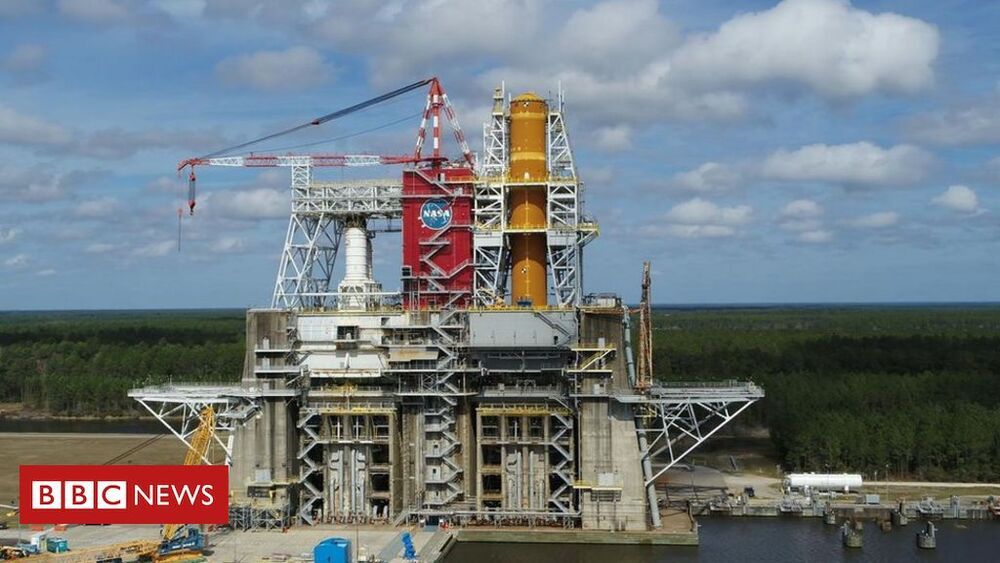
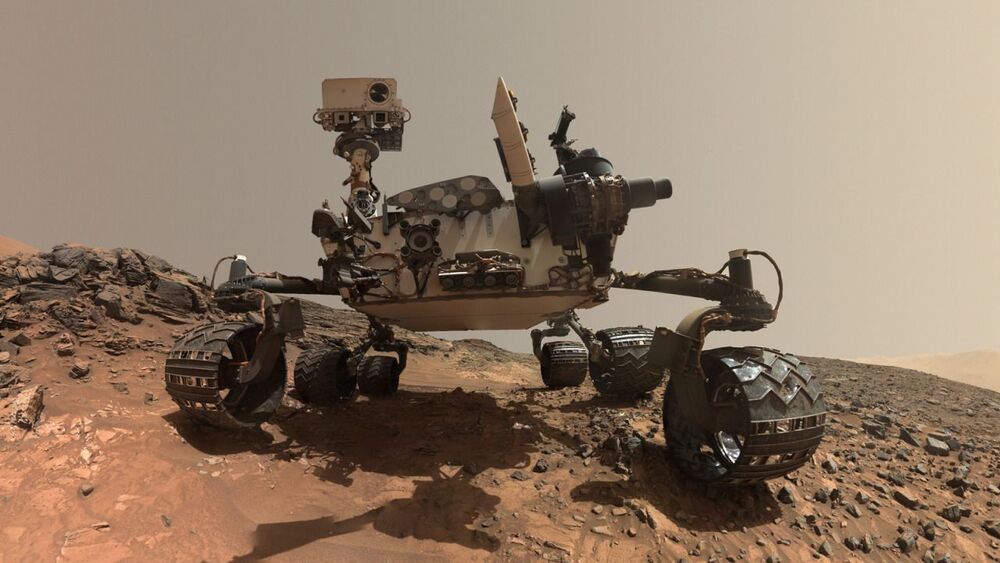
Celebrating 81 Years of Ingenuity
Eighty-one years ago, our world-class research center in California’s Silicon Valley was born. Ground broke on Ames Research Center on Dec. 20, 1939. It was the second aeronautical laboratory established by the National Advisory Committee for Aeronautics to perform fundamental research on all things flight. From its very beginnings, Ames was a place for innovation. Tests performed in its wind tunnels transformed military aircraft during World War II and paved the way for air travel at supersonic speeds. In the 1950s and ‘60s, its researchers looked to the stars and came up with new designs and materials for spacecraft that would make human spaceflight a reality. Fast-forward to the present, and the center contributes to virtually every major agency mission through its expertise in spacecraft entry systems, robotics, aeronautics, supercomputing, and so much more! Here are things to know about Ames.
The Volatiles Investigating Polar Exploration Rover is the latest lunar exploration mission led by Ames. Launching in 2023, the mobile robot will search for water ice inside craters and other places at the Moon’s South Pole. Its survey will help pave the way for astronaut missions to the lunar surface beginning in 2024 as part of the Artemis program.
Make sure to follow us on Tumblr for your regular dose of space: http://nasa.tumblr.com/.
We could travel to new worlds in NASA’s starship Enterprise
Circa 2014
US space agency commissions design for its first warp speed spaceship.
TIMELAPSE OF FUTURE TECH: From 2022 — 4000+
The journey to see future technology starts in 2022, when Elon Musk and SpaceX send the first Starship to Mars — beginning the preparations for the arrival of the first human explorers.
We see the evolution of space exploration, from NASA’s Artemis mission, humans landing on Mars, and the interplanetary internet system going online. To the launch of the Starshot Alpha Centauri program, and quantum computers designing plants that can survive on Mars.
On Earth, tech evolves with quantum computers and Neaulink chips. People begin living with bio-printed organs. Humans record every part of lives from birth. And inner speech recording becomes possible.
And what about predictions further out into the future, when humans become level 2 and level 3 civilizations. When NASA’s warp drive goes live, and Mars declares independence from Earth. Will there be Dyson structures built around stars to capture their energy. Will they help power computers that can take human consciousness and download it into a quantum computer core. Allowing humanity to travel further out into space.
Quotes about the future from: Arthur C. Clarke, Stephen Hawking, Albert Einstein, and Elon Musk.
Additional footage sourced from: NASA, SpaceX.
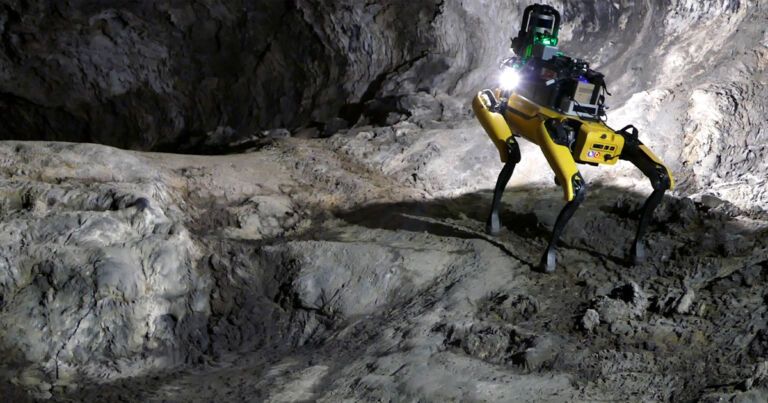
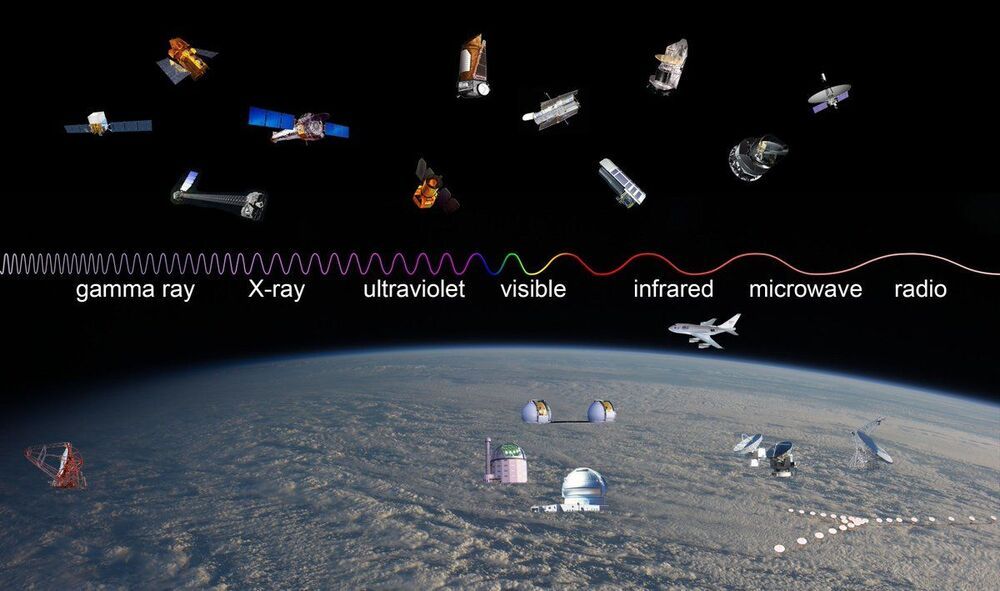
What’s Possible When Earth and Space-based Telescopes Work Together?
Anyone who has ever worked on a team knows that their strength lies in coordination and a shared vision. However, it is not always easy to provide that coordination and shared vision, and any team that lacks that cohesiveness becomes more of a hindrance than a help.
Science is not immune to the difficulties of running effective teams. There is plenty to be gained from more coordination between differing silos and physical locations. Recently a meeting in Chile prompted a group of scientists to propose a plan to change that. The result is a white paper that points out the potential benefits of coordinating ground, orbital and in situ based observations of objects. But more importantly, it suggests a different path forward where all of the space science community can benefit from the type of coordinated output that can only come from a cohesive team.
The suggested path laid out in the white paper began at the Planets2020 conference in Chile, hosted by the ALMA observatory. The meeting took place back in March, right before the Coronavirus outbreak began to restrict travel. At the conference, there was a significant amount of discussion focused on the capabilities of different Earth and space based observing platforms. The intention was to learn more about missions that coordinated ground and space-based observations, and to flesh out future ideas of how to replicate that coordination with new and existing platforms to make the best of their different capabilities. The lead author of the white paper, Vincent Kofman, a research chemist at Goddard Space Flight Center, took on that the task of coordinating that team and produced a paper that clearly lays out a better way to perform observations.
